Detailed Chimney Examination for Safe and Efficient Heating
Regular chimney inspections are essential for ensuring the safety and proper functioning of fireplaces. A thorough assessment can identify potential issues before they become hazardous, helping to prevent fire risks and smoke damage.
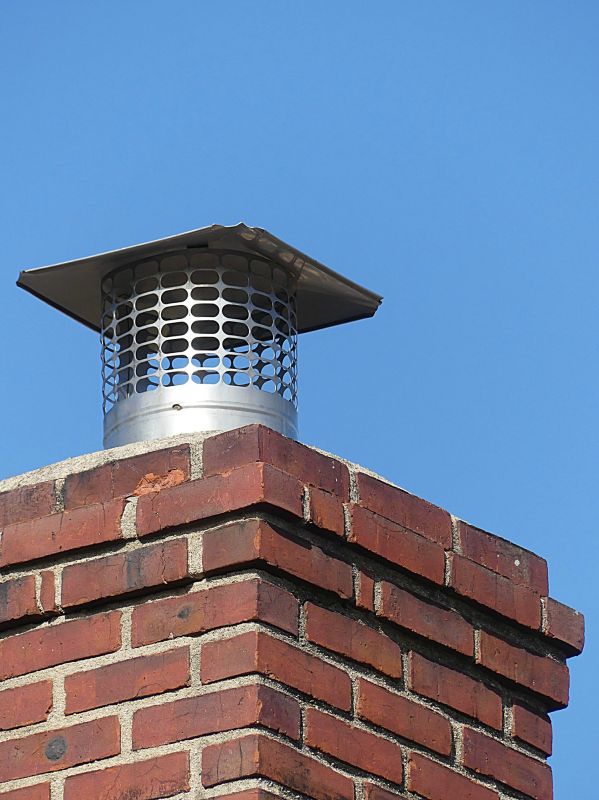
A properly installed chimney cap prevents debris and animals from entering the chimney, reducing blockages and damage.
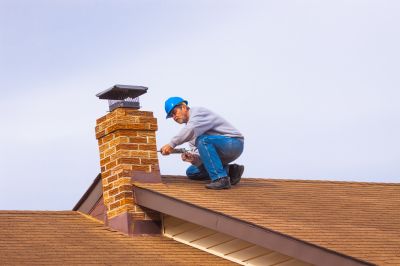
Inspecting the liner ensures it is intact and free of cracks, which is vital for safe venting of smoke and gases.

A functioning damper controls airflow and prevents heat loss when the fireplace is not in use.
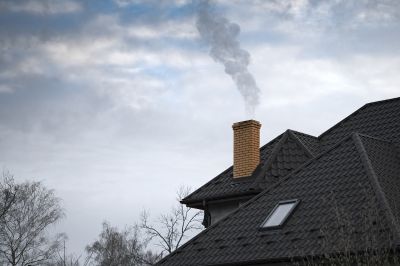
The flue directs smoke out of the home; its condition impacts ventilation efficiency.
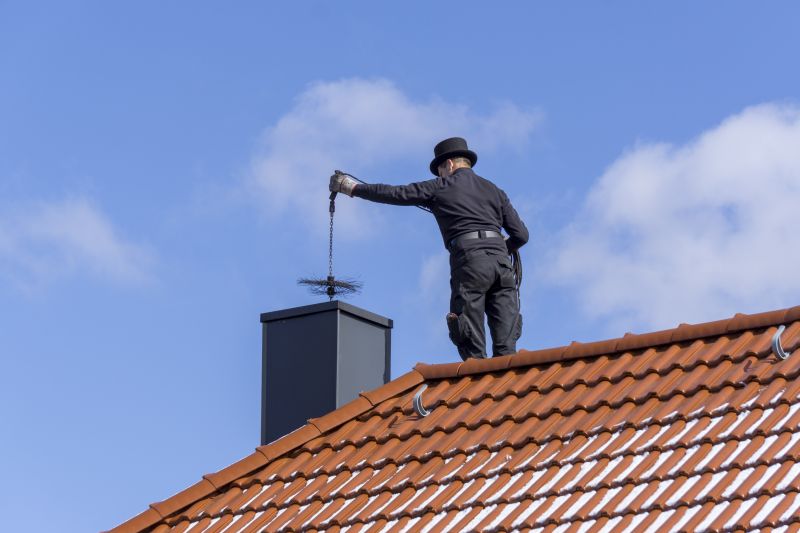
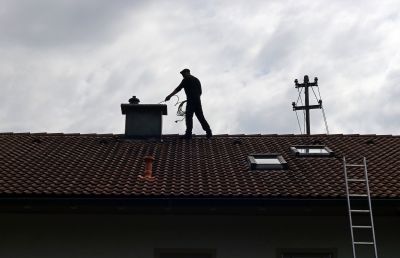
Neglecting chimney inspections can lead to dangerous situations, including chimney fires caused by creosote buildup, carbon monoxide leaks, and structural damage. Identifying issues such as cracked liners, blocked vents, or damaged dampers is crucial for maintaining safety.
Protects the chimney from debris and pests, ensuring unobstructed airflow.
Safeguards the structure and improves venting efficiency.
Ensures smoke and gases are safely vented outside.
Proper inspection and maintenance of chimney components help prevent costly repairs and ensure safe operation. Regular assessments can detect issues early, maintaining the integrity of the fireplace system.
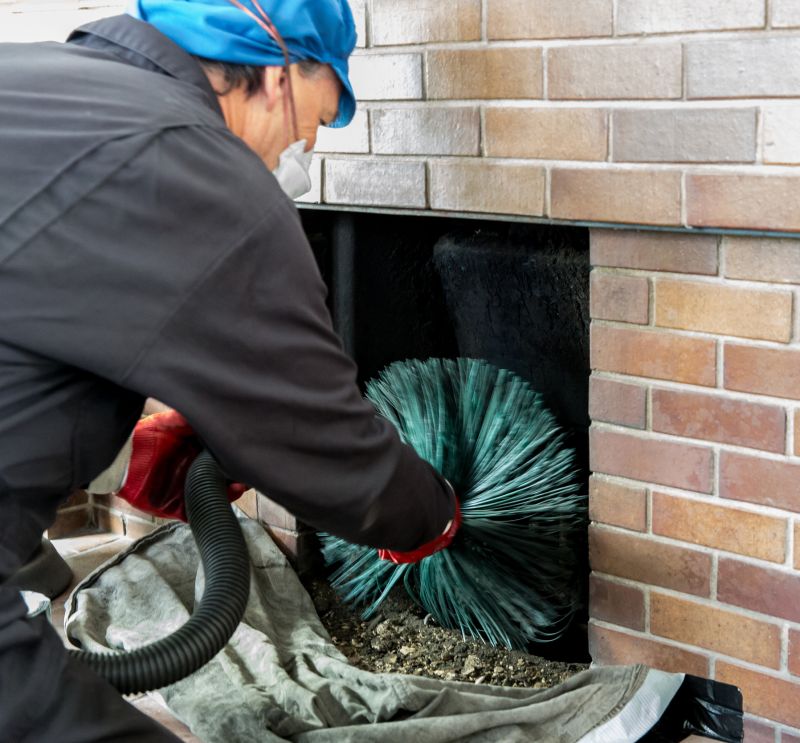
A clean interior reduces fire hazards caused by creosote buildup.
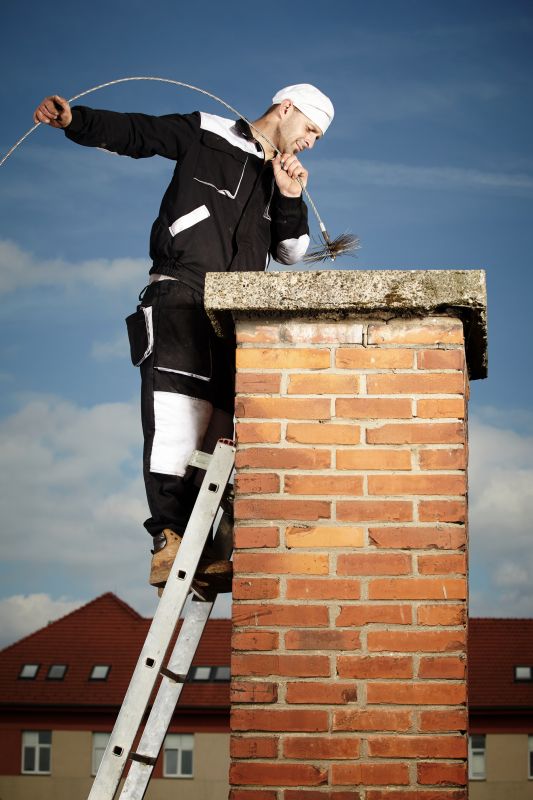
Specialized tools aid in thorough assessment of chimney components.

Properly maintained wood fireplaces operate safely and efficiently.
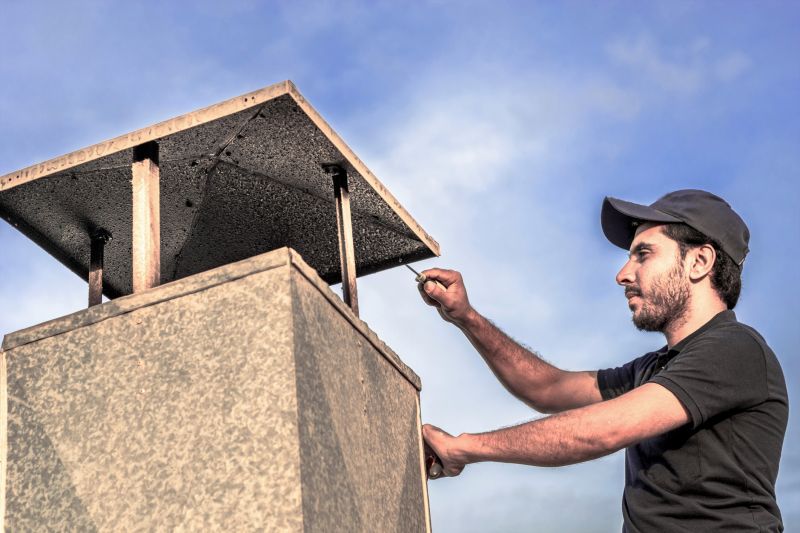
Timely repairs restore the safety and functionality of the chimney.
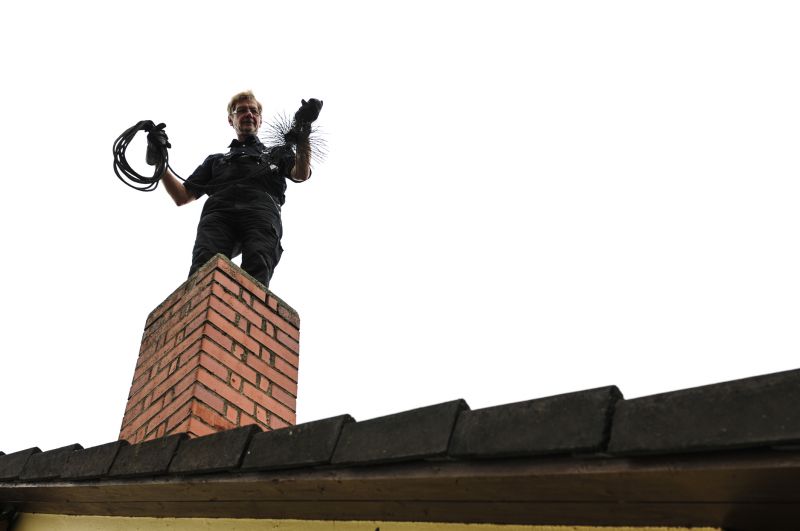
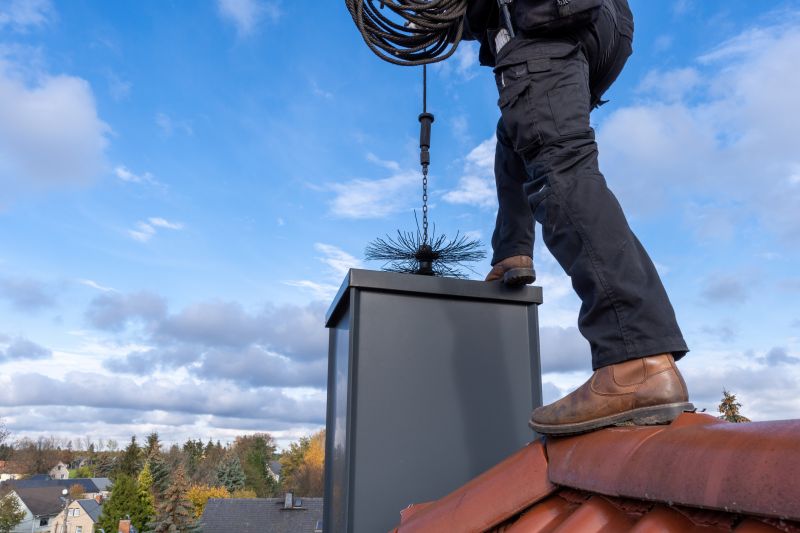
Engaging in routine chimney inspections ensures the safety of the home environment by preventing fire hazards and ensuring proper venting. It is recommended to schedule inspections annually or after any significant weather events or repairs.
